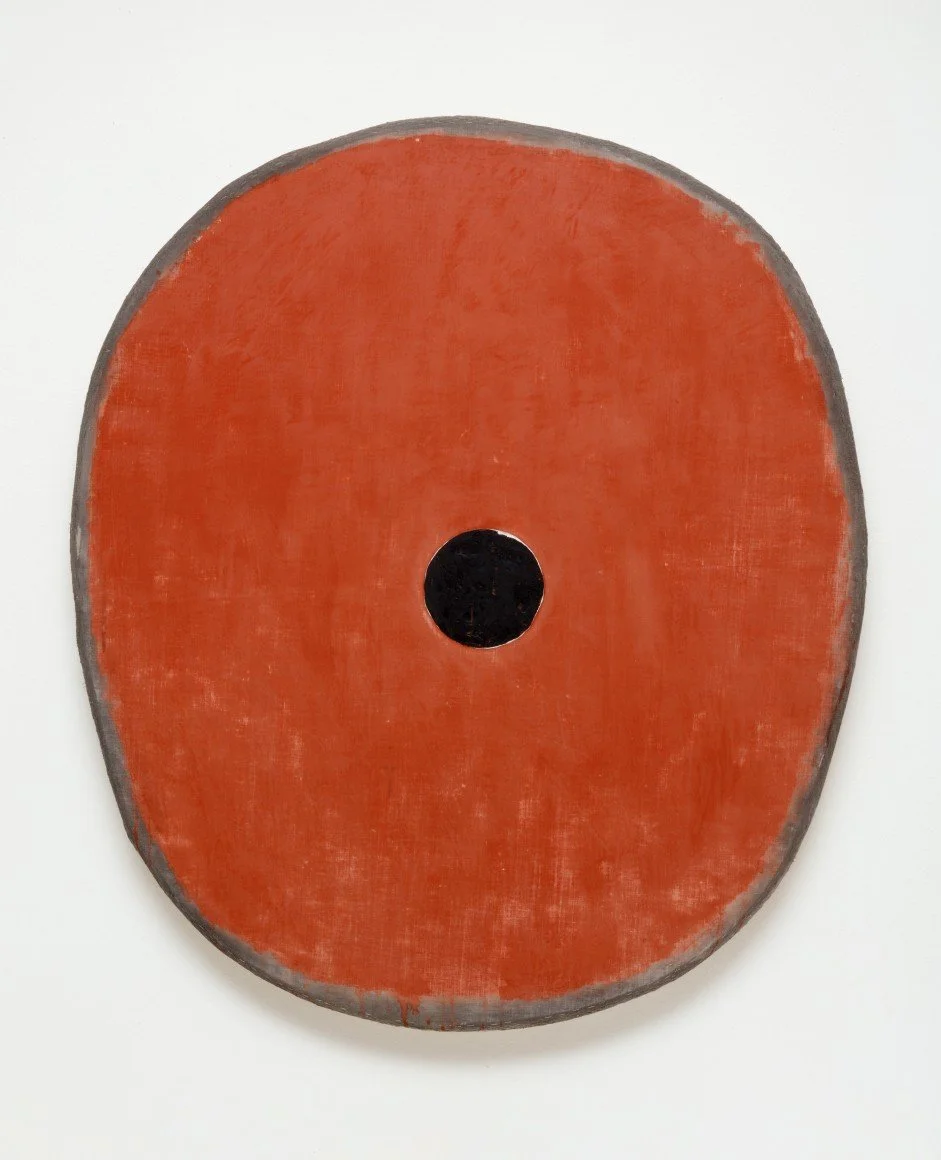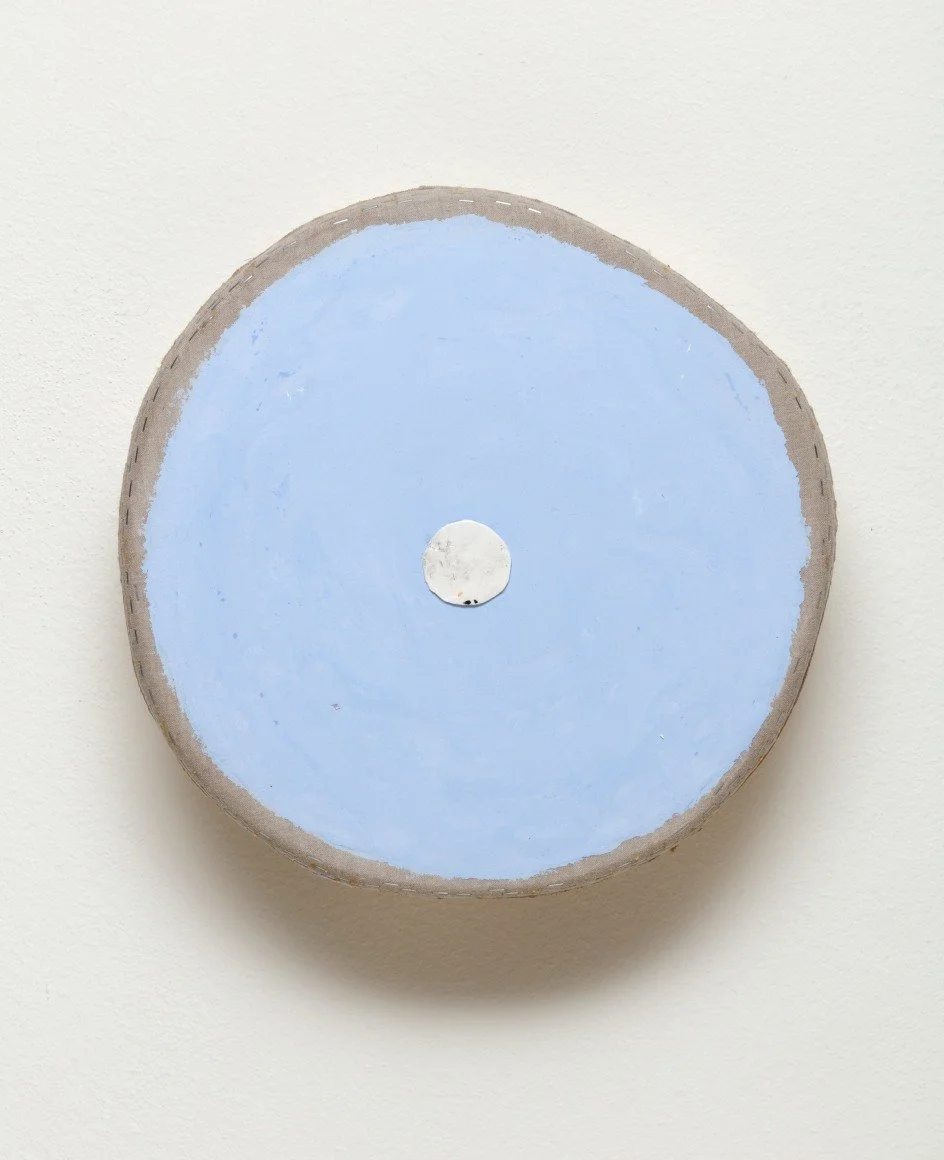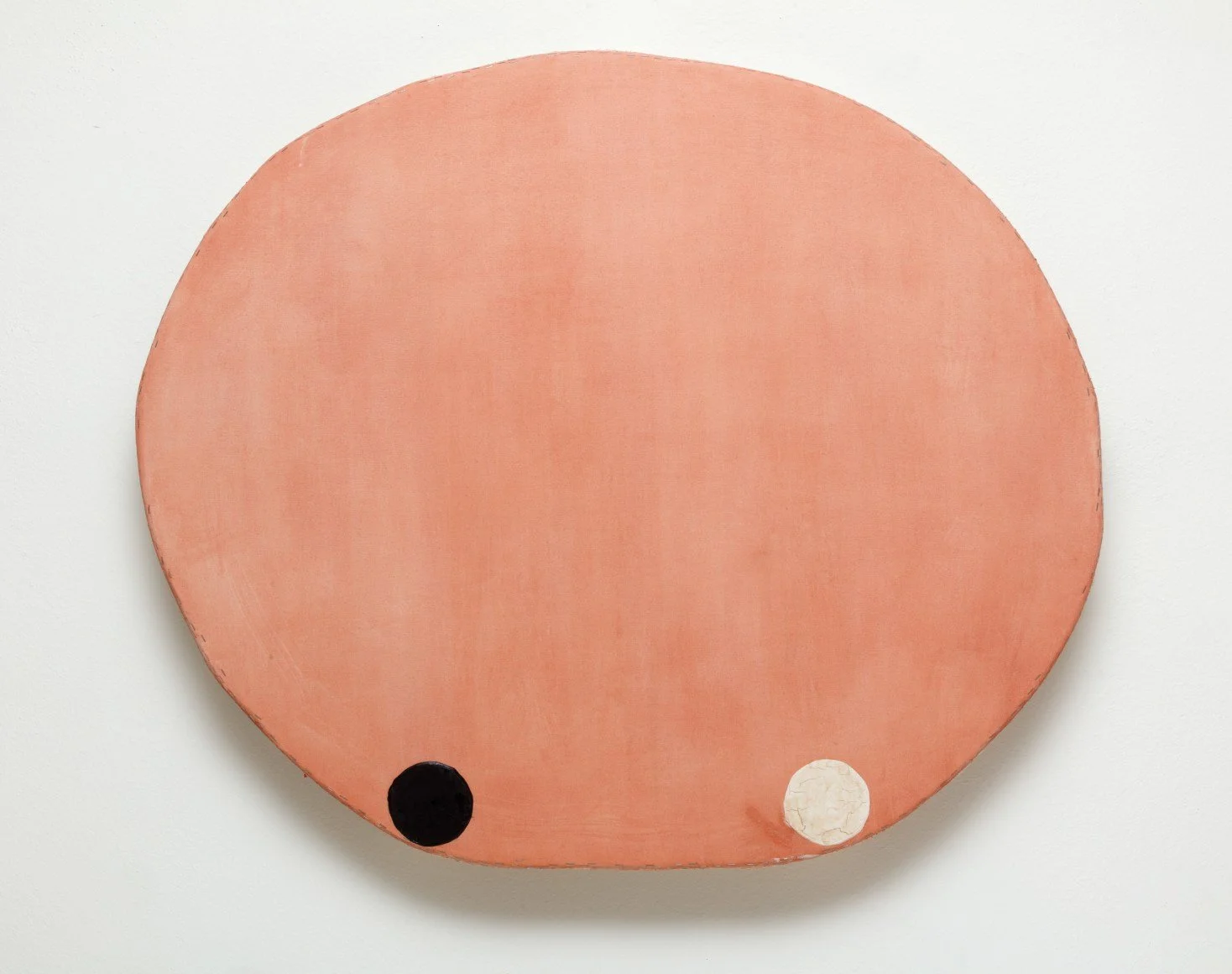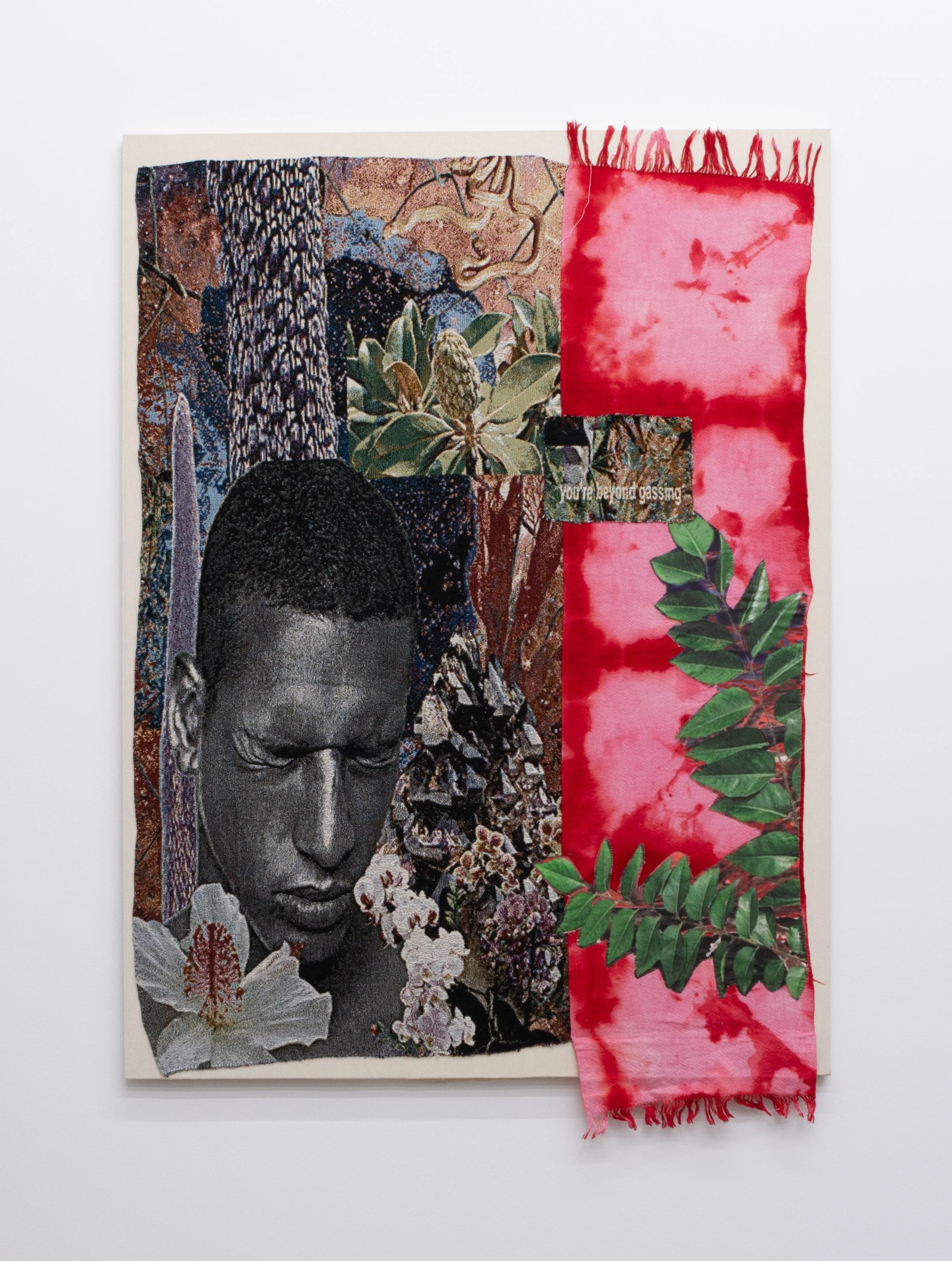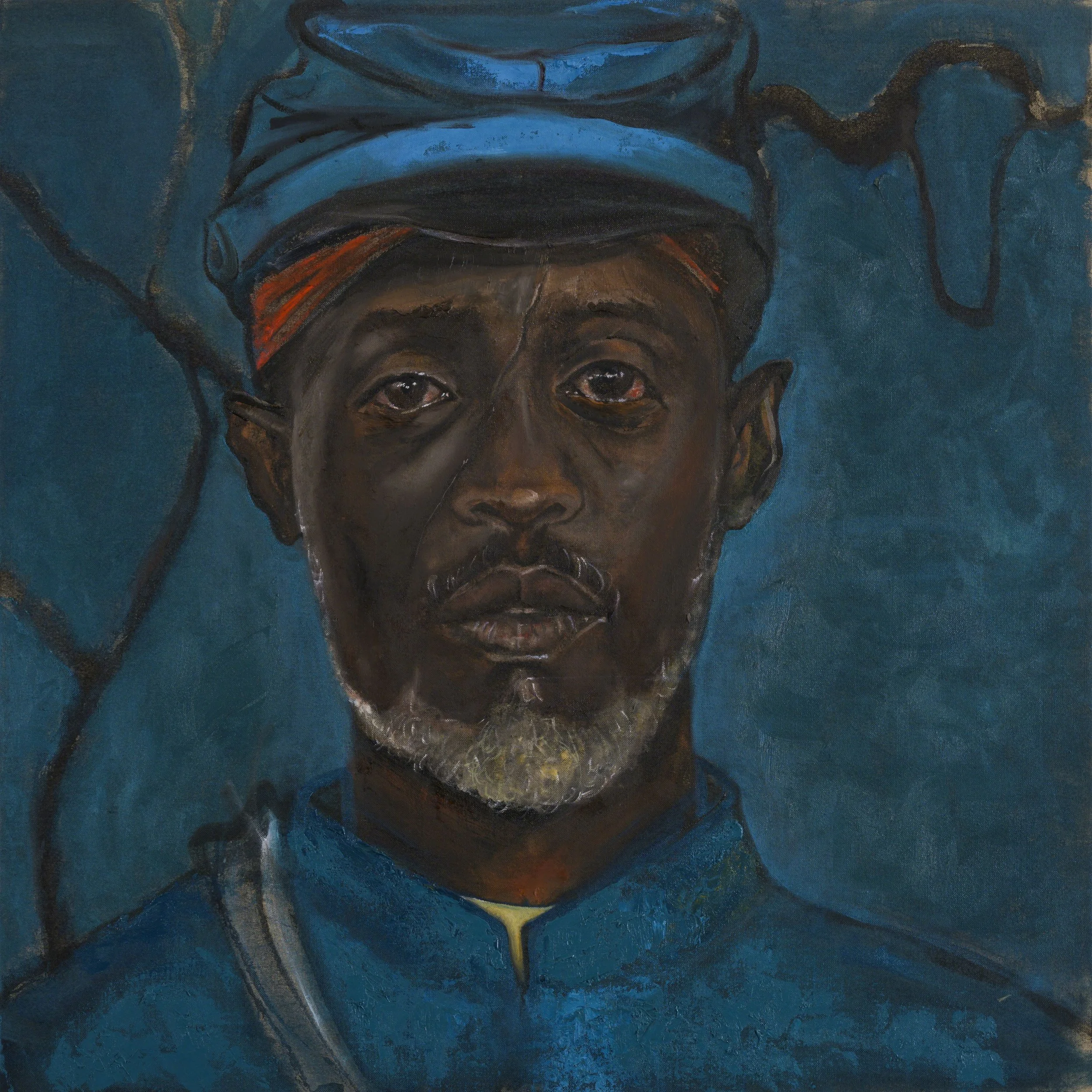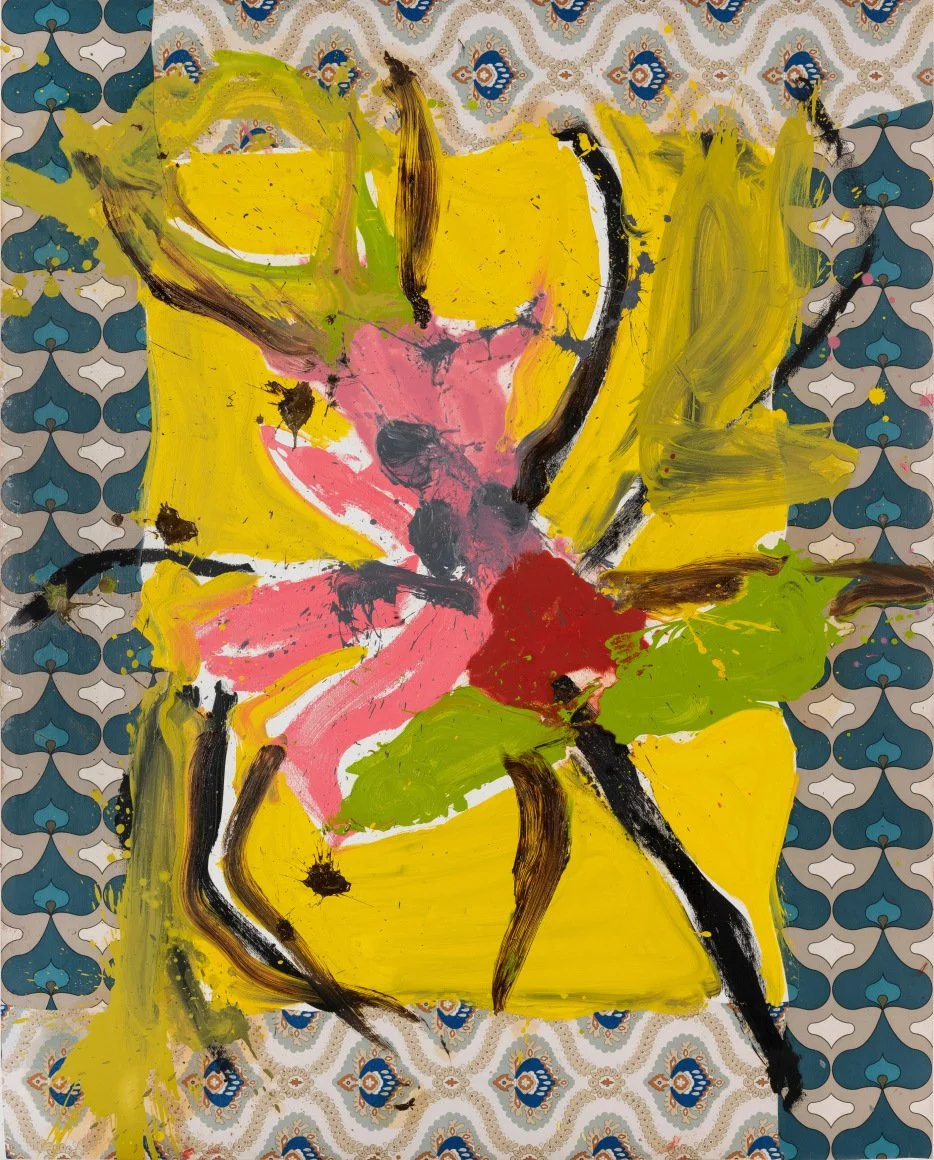Otis Jones
“New Work”
Vito Schnabel Gallery
New York, 43 Clarkson Street
With a career spanning over six decades, Otis Jones began his life as an artist during the heyday of 1960s and ‘70s Minimalism. His practice is characterized by a reductive style that celebrates the ‘objectness’ and tactility of painting’s material identity and the labor of making. Serene and spare, the paintings exist unto themselves as complete, visceral objects that have achieved their own resolve. “It’s a gestalt thing, you can’t separate,” Jones explains. He likens his painterly practice to archeological processes; “I’m interested in objects, patina, wear and age. Each piece takes on its own geology. I don't hide anything. It’s a very real object.”
The genealogy of Jones’ paintings can be traced through his wooden frames. Each plywood support is handmade. The resulting irregular stacked shapes are constructed from “visualizations,” wherein Jones first manifests the pictorial weight of color in his mind. He translates these imagined forms into life-size templates that are then fabricated and assembled. Fluctuating in scale from intimate to monumental, both rounded and oblong, the new body of works on view at Vito Schnabel Gallery are comprised dominantly of circular forms.
Otis Jones Blue Circle with Linen Edge and White Circle, 2022 Acrylic on linen on wood 20 1/2 x 20 1/2 x 5 inches (52.1 x 52.1 x 12.7 cm) © Otis Jones; Photo by Kevin Todora; Courtesy the artist and Vito Schnabel Gallery
The irregularly shaped canvases are executed in varying thickness: ranging from four, five, or six sheets of laminated panels that project up to four inches from the wall. Fluid drips of glue ooze and crystalize along the edges of the plywood panels, a deliberate element of the artist’s composition that accentuates its own tactility. Similarly, Jones plays with the dimensional presence of his paintings, building some canvases as solid-edged stacks, while others utilize wedged pieces that offer viewers a glimpse through the object’s architectural structure. Finally, the linen canvas is stapled to the support; the raw edge of its hem remains visible to one's eye. The exuberant excess of Jones’ over-stapling reinforces a sense of physicality and delineates the curvature of his shapes and invokes a feeling of stretching, while simultaneously revealing itself as being wholly attached.
Jones’ application of pigment is strikingly traditional, engaging in painterly processes of give and take interactions. Adding and subtracting surface layers in a dialogue of exchange between painter and painting, there is an intuitive, ritualistic quality to his mode of working. Imposing an arbitrary stain onto the canvas, Jones activates each shape with color. He moves in and around the painting, layering skim coats of color and then sanding down the pigment, reworking the surface in a process of accumulation and erasure. Pressing paint into the weave, gouging the thickness of the monochromatic field to reveal an indentation, the strata of his compositions reveal an archeology of layers and pigments that create expressive, tactile works of textural nuance and great visceral depth.
Otis Jones Sort of Pink with Black and Dirty Circle, 2022 Acrylic on canvas on wood 64 x 55 x 4 inches (162.6 x 139.7 x 10.2 cm) © Otis Jones; Photo by Kevin Todora; Courtesy the artist and Vito Schnabel Gallery PrevNext
The red oxide in Jones’ color palette draws influence from his travels to the Southwest, specifically the iron-rich, red clay dirt found in New Mexico. In one of the smallest-scaled works in the exhibition, Jones’ use of blue is inspired by chalk powder, used to snap architectural lines on construction sites. Exhibiting the raw crudeness of his materials, a rough edge of color meets unprimed canvas that is exaggeratedly stapled around the perimeter. In the center of the canvas, like a bullseye, a singular white dot — an accretion of pigment on surface — punctuates the dense, opaque color field of cornflower blue.
In a luminous peach-colored canvas, Jones establishes a sophisticated tension in color that finds harmony and rhythm in the intricate movements of his brush. The thickness and weight of his pigment is manifested through subtle washes, textural dips and built-up areas of refined saturation. Two peach dots in the upper register of the canvas echo the patina of his weathered surface, while their forms elicit a distinct physical presence. In the lower quadrant, two black circles provide dynamic visual contrast and engage the eye to move around the canvas and to its edge. Together, the four small circular shapes in this work provide symmetry and balance while offering a meditative quality.
The threads of tactile materiality and objectness that have followed Jones throughout his painting career are rooted in the artist’s youth and adolescence. On his grandfather’s farm, he became interested in the inherent archeology of objects, observing how tools and farm equipment weathered. Studying items that had been battered and broken from use, then patched and repaired, Jones discovered the ways in which history accrues through the process of ‘wear’. Jones translates this phenomenon to his paintings by scraping, scratching, stapling and distressing the canvas to reveal the history of making and perceiving art.

